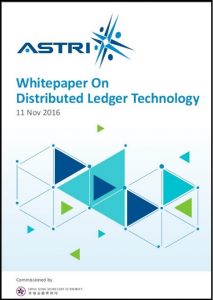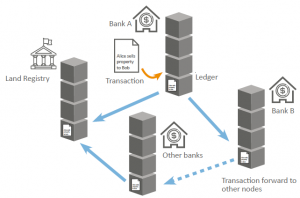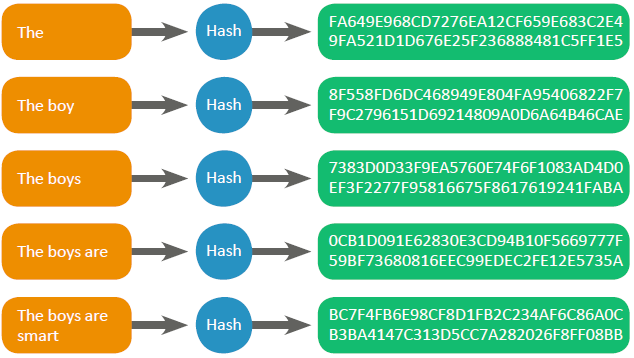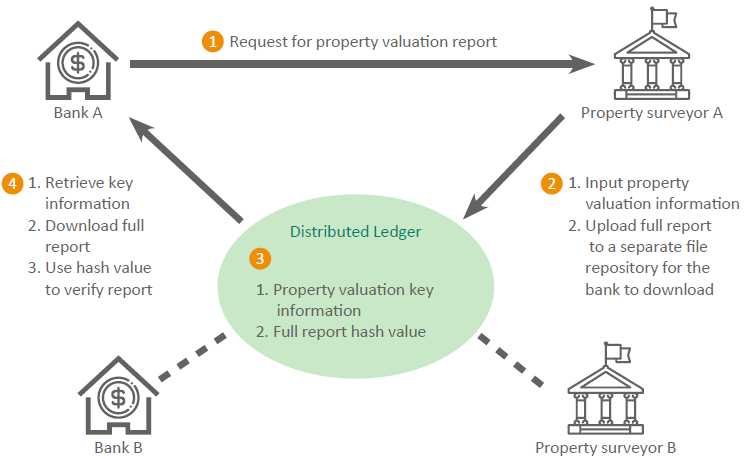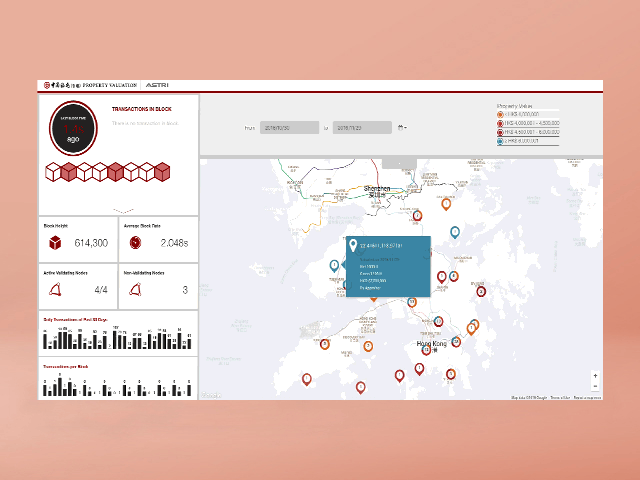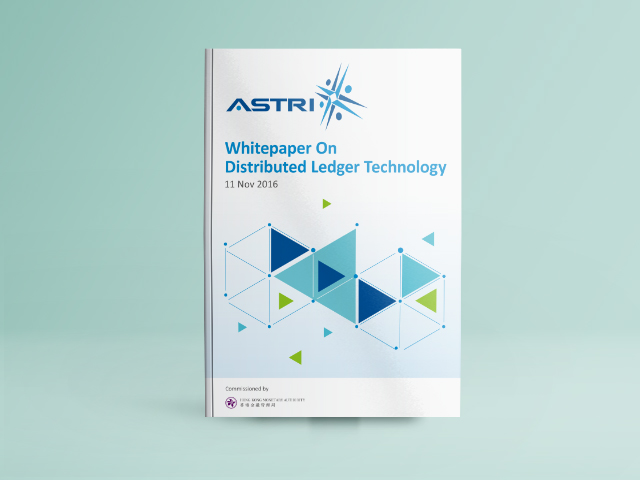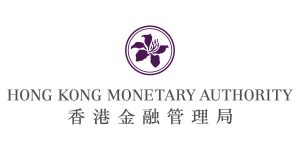
Branded DataHOUSE AR Remote Hand Service (AR Remote Hand), the solution leverages wearable Augmented Reality (AR) technology and brings field engineers and its customers to a new era, enabling them to slash the time and cost of troubleshooting and maintenance for achieving better results.
The AR Remote Hand Service employs AR glasses to stream real-time intelligence, troubleshooting logs, graphics and encrypted data from back-end systems to on-site engineers and maintenance staff, boosting field productivity by up to 50%. By wearing the glasses, field engineers do not have to stop their work to communicate with back-end support teams via a laptop or phone, nor to refer to a paper manual. The AR Remote Hand provides field engineers with a heads-up display for remote visualisation in real time as they install, maintain or troubleshoot equipment, thus speeding up the whole process.
This solution offers a wide array of benefits in service provisioning and remote location visualisation and communication capabilities, including:
Intuitive AR-Guided Installation, Troubleshooting and Maintenance
With AR Remote Hand, field engineers recognise any device with a designated QR code and access real-time intelligence, graphics, and encrypted data from back-end systems streamed on-site. Field staff can access virtual step-by-step guides or even 3D manuals via AR glasses, without the need to interrupt work to check information on a laptop or in a manual.
Historical Records Analysis
Using a pre-set routine (e.g. gestures), on-site engineers can review a device’s historical record (e.g. customers’ network traffic or cloud CPU history), to speed up data analysis and troubleshooting, while cutting downtime and cost.
Seamless Communication and Collaboration with Back-end Support
Field engineers previously communicated with back-end support via email or phone, making it difficult to describe a troubleshooting situation. Removing distance and language barriers, back-end engineers now view real-time images streamed via AR glasses through an AR operations console, improving operational speed and quality. Its powerful video conferencing feature also offers engineers instant support and fosters off-site collaboration between global operations and maintenance teams. In addition, back-end engineers can give field engineers clear instructions via 3D AR labelling.

